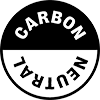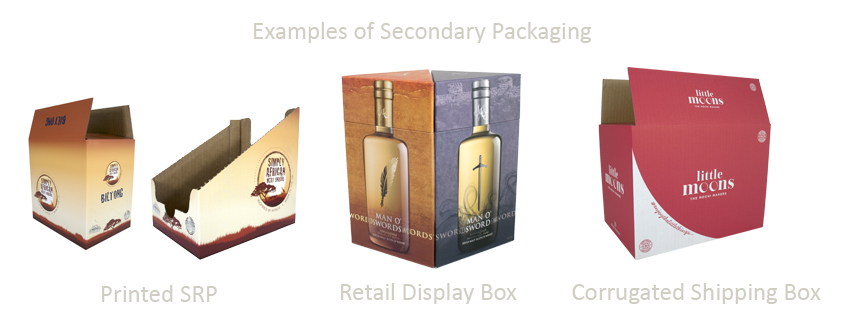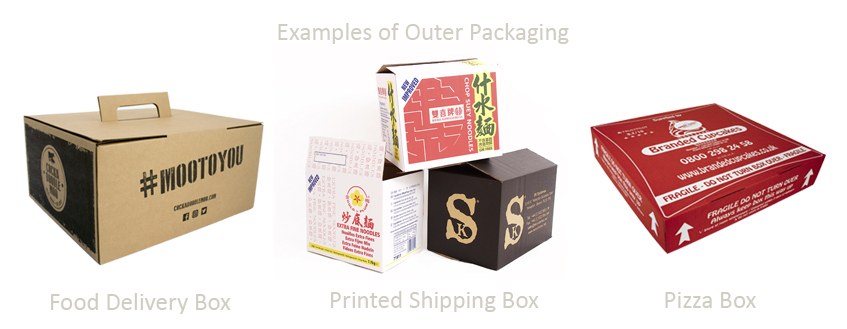Packaging for start-ups – All you need to know
Starting a new ecommerce business or launching a new product is an exciting time, and it won’t be long before your attention will need to turn to finding the perfect packaging to partner your product and promote your brand.
With so much to consider, we have tried to break it down into easy to handle chunks to get you started on your journey.
What type(s) of packaging do you need?
First, let’s look at the main functions of the different types of packaging you may need. Often the lines can blur between these types of packaging. The correct solution depends on your product, where you intend to sell it and how you plan to deliver it to your customer. You may need just one option or a combination of them.
Consumer/Retail packaging:
This is the primary packaging, the part that will come in direct contact with your product. This could be the bottle or can containing a drink or chocolate bar wrapper protecting the food from contamination. It could even be the plush box your mobile phone comes in or a fancy gift box that an expensive piece of clothing or jewellery is presented in.
The main purpose of the primary packaging is to protect, contain and preserve its contents. It can also be used to relay important product/nutritional information or to just look amazing and really showcase the item it contains – it can tell part of a story and reach out to the consumer.
In some cases where the product will be displayed within this packaging alone, it will be the primary packaging for the product branding and the first real direct interaction your customer has with your brand.
Secondary packaging:
The purpose of this can be to protect the product but also protect the primary packaging in transit. It all depends on the type of inner product packaging required and where you are selling your product. The secondary packaging can quite often be the main vessel for displaying your brand. It can in some cases also double up and be used for logistical and identification purposes.
The secondary packaging could take the form of an SRP/RRP (Shelf-ready or retail-ready packaging).
You could ship 100 of those chocolate bars to a supermarket and the same packaging can be used to display the bars on the shelf in the store.A The secondary packaging could also take the
form of the outer box that your bottles or cans are delivered in.A Or where the product already has primary packaging to contain it, like a candle in a glass jar for example, it can even
be the luxury display or gift box that it’s presented in.
Outer packaging:
This will be the packaging that is required to safely ship your products to the consumer or the retailer. This element of packaging is more important now than ever especially with the increase in e-commerce retailers. It’s now quite often the first physical touching point you give your customers and therefore needs to deliver not only on functionality but also in appearance.
The outer packaging will often be a corrugated box, it could be a die-cut postal box with an integral lid. It will need to be strong enough to safely ship the product and protect the inner packaging or product directly.
What is your product?
Yes, we’ll need to know this, to make sure the right materials are used, we may ask what your product is made from, how big it is, what shape it is, how much it weighs and if its fragile.A You/we will also need to consider the cost of it.
There are many off-the-shelf options available but, depending on the answers to the above, a custom solution might be necessary for you. Fittings can be produced to keep your product in place and protect from damage during transport. You may also need a more generic void filling solution between your outer and inner packaging, like biodegradable packing chips, air pillows or bubble wrap.
How & where is your product being sold?
This leads us to how you intend to sell your product; this could be online, in store, on the supermarket shelf or in a small boutique shop . . . this will help determine the different levels of packaging you need combined with the best materials. From corrugated to carton board or rigid covered boxes, we can offer you a comprehensive range of suitable options.
Moving on to the aesthetics now . . .
Who is your product aimed at?
The look and feel of your chosen packaging and the materials used to make it will alter depending on your target audience. Age and gender will need to be carefully considered when designing your graphics and colour choices.
If it’s a product aimed at the environmentally conscious, you will want your packaging to reflect this so that it really reaches out to the right people. You may consider a box design that is re-usable or has a multi-purpose use, it could be made from recycled materials or simply fully recyclable. Natural FSC Kraft materials can be used to showcase to your clients how environmentally conscience your product is.
Heavier materials and different print finishes are available for accentuating a luxury or premium product and you may want to accessorize with ribbons, ties or magnetic closures.
If it’s just for shipping, the box may be plain or printed with essential product information and branded for instant recognition.
Style ideas
There’s nothing better than a visual representation or image of what you’re looking for, to help your packaging manufacture understand your vision. It pays to do some research and let us know what you like and don’t like.
Budget
Your budget is an integral element to your packaging choices. All too often we come across a client looking for a low number of luxury boxes to contain a relatively low value product at the same cost of an off the shelf shipping carton that’s been produced in large volumes. You must be realistic about budget, not forgetting how important a factor the packaging will be to the success of your product launch and in reinforcing your brand identity.
Considering the cost of the product and the retail price is a good place to start when putting a packaging budget together.A Think about where the packaging will be stored also. We offer a stock-holding and call of service for volume orders. This is a great way to keep your storage costs to a minimum while taking advantage of a lower unit price for producing in bulk.
Packaging set up costs & unit costs:
There are different types of set up and origination costs involved too. These fall under one off set up costs and are in addition to your individual box unit price. Your first order of a custom-made pack will often include one off charges for a die cutting tool and a printing stereo or plate. However, with digital print and finishing becoming a viable option for more and more substrates, we can often eliminate some of these set up costs on smaller production runs, which can really help with start-up brands that need to get to market quickly and have a limited budget.
Get in touch with our team for a quotation or further information





